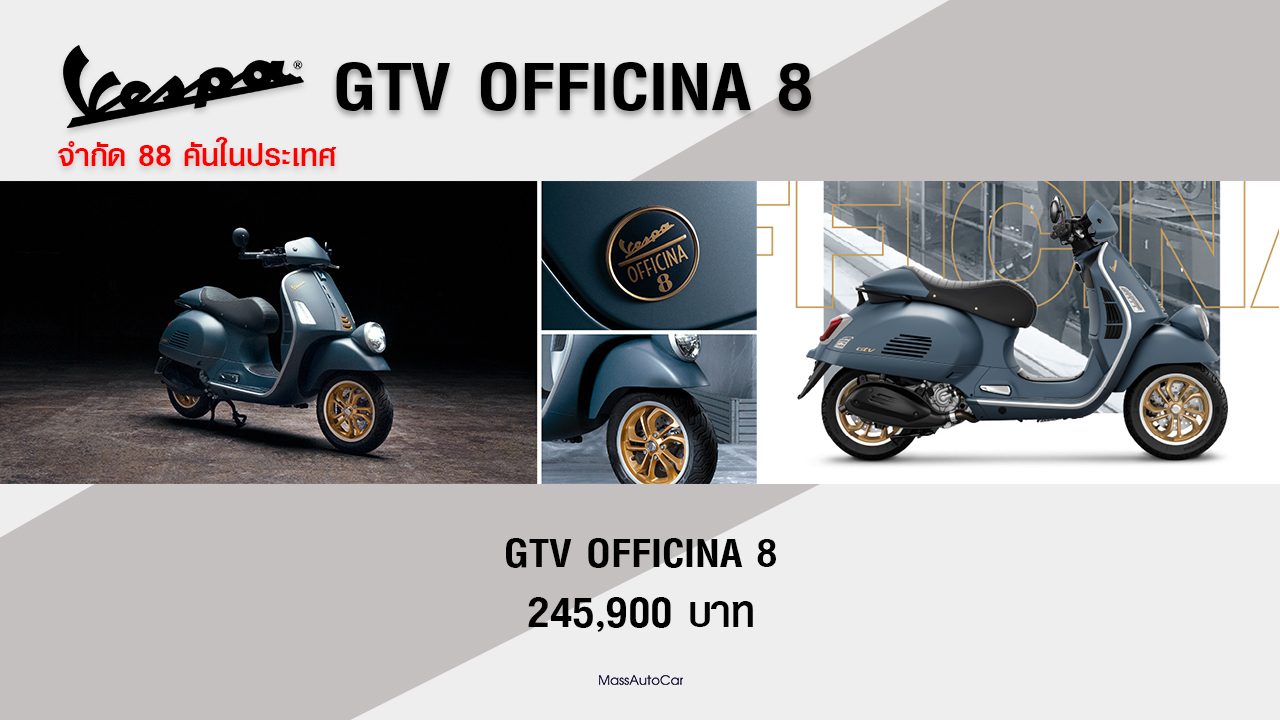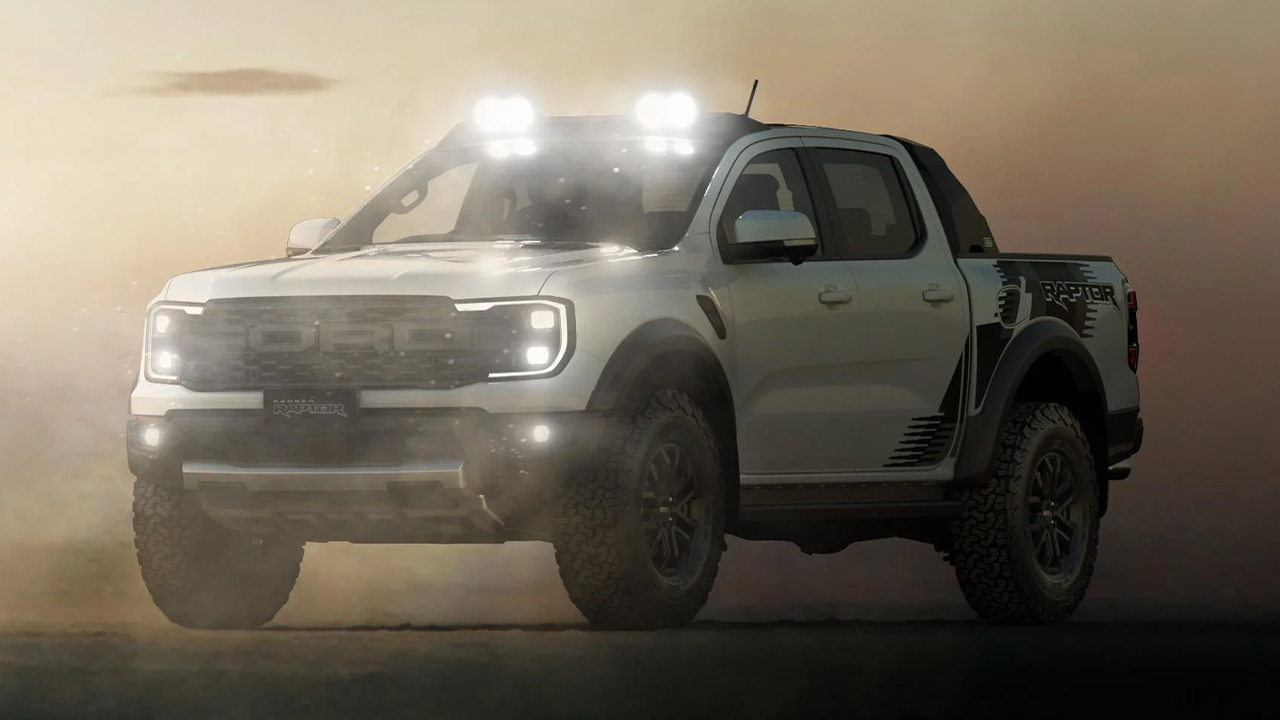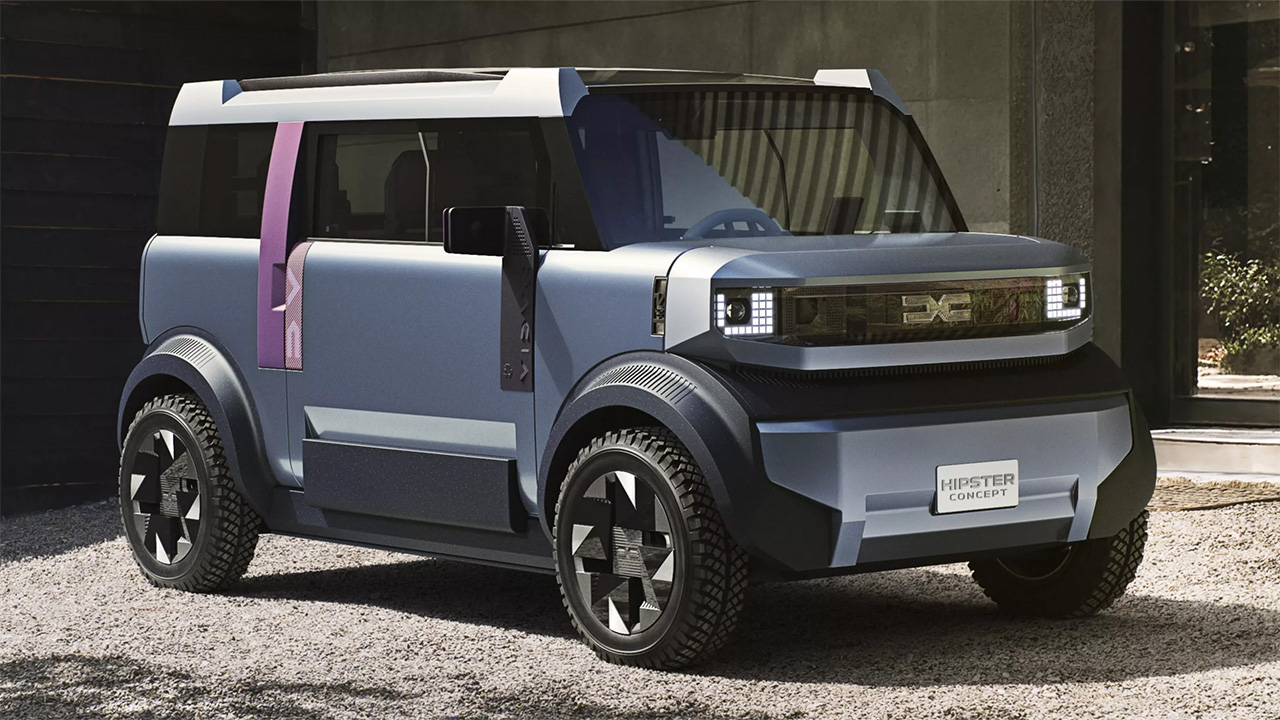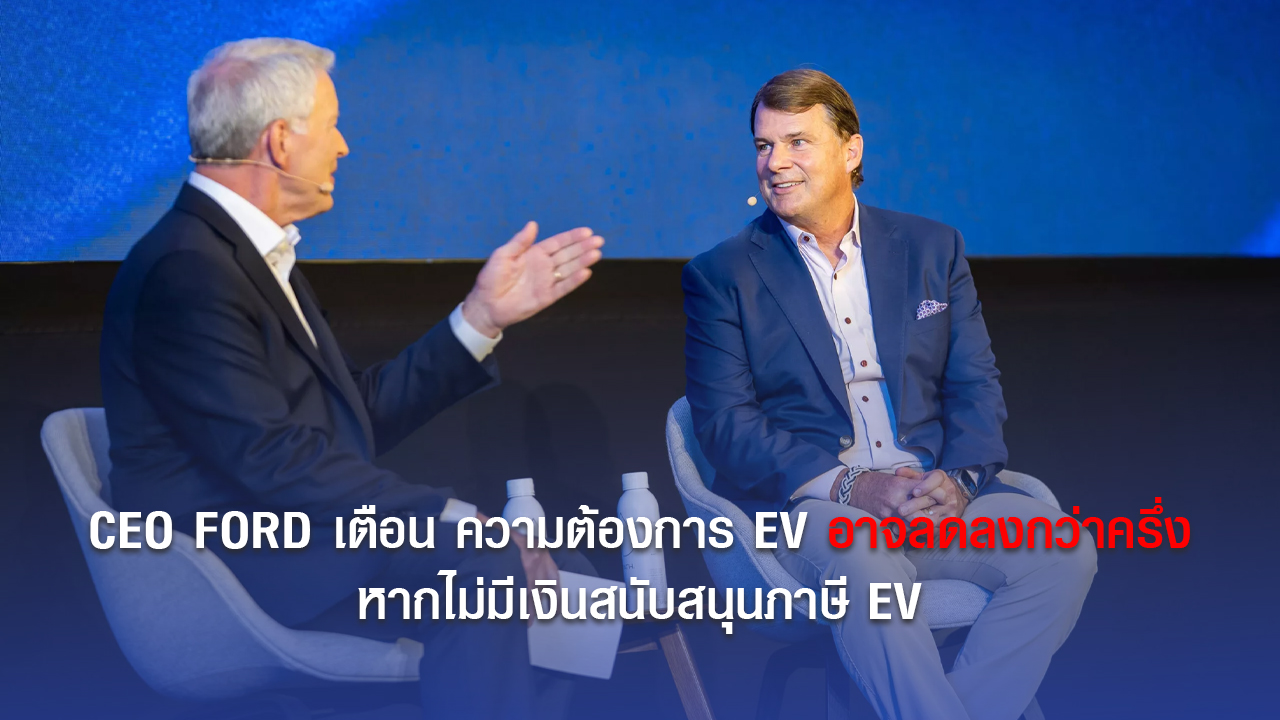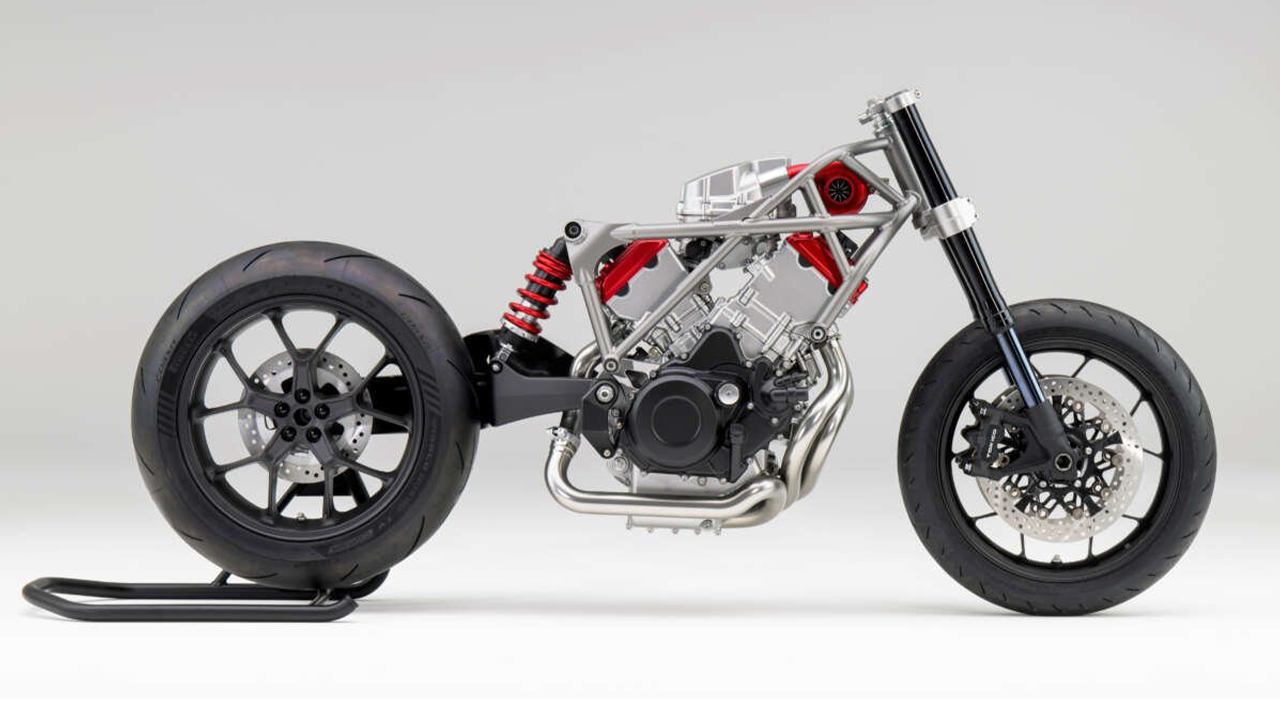
Mr. Genichi Kawakami, the 4th president of Nippon Gakki Co., Japan’s number-one and long-established musical instrument manufacturer, carried forward the legacy founded by Mr. Torakusu Yamaha, who began with the production of the finest organs and pianos in Japan. Nippon Gakki was officially established in 1887. When Mr. Kawakami took over the company’s leadership, he constantly sought future business opportunities and new ventures. With a deep passion—almost an obsession—for motorcycles, he decided to enter the motorcycle business as a new venture alongside the company’s musical instrument production.
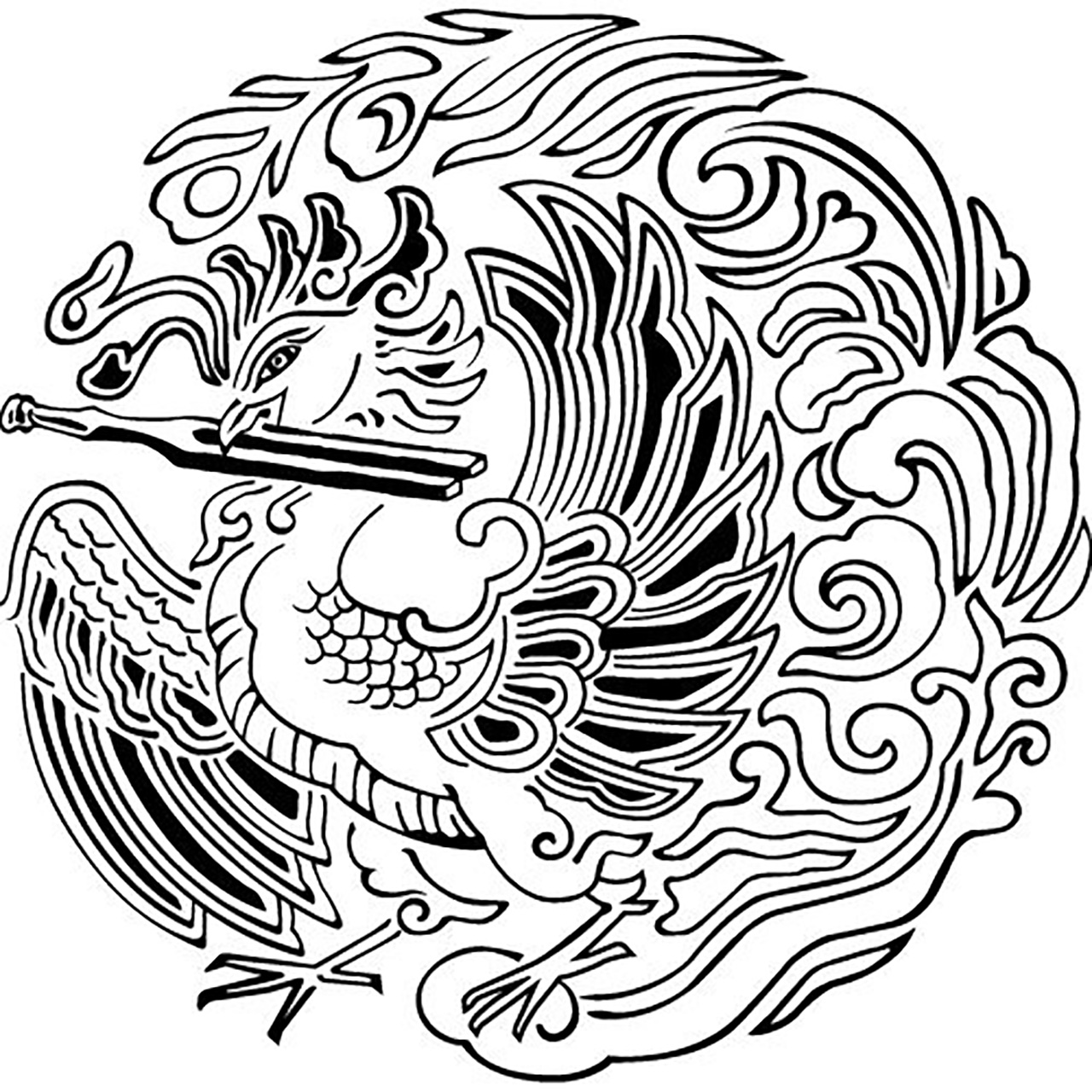
*Logo of Nippon Gakki: a Chinese phoenix holding a tuning fork.
When the world fell into the turmoil of war, leading to World War II, the Japanese government ordered all companies to convert their industries to military production. During this period, Nippon Gakki manufactured wooden and metal airplane propellers. Entering the motorcycle business later became a way for the company to repurpose its machinery for peacetime production after the war ended.
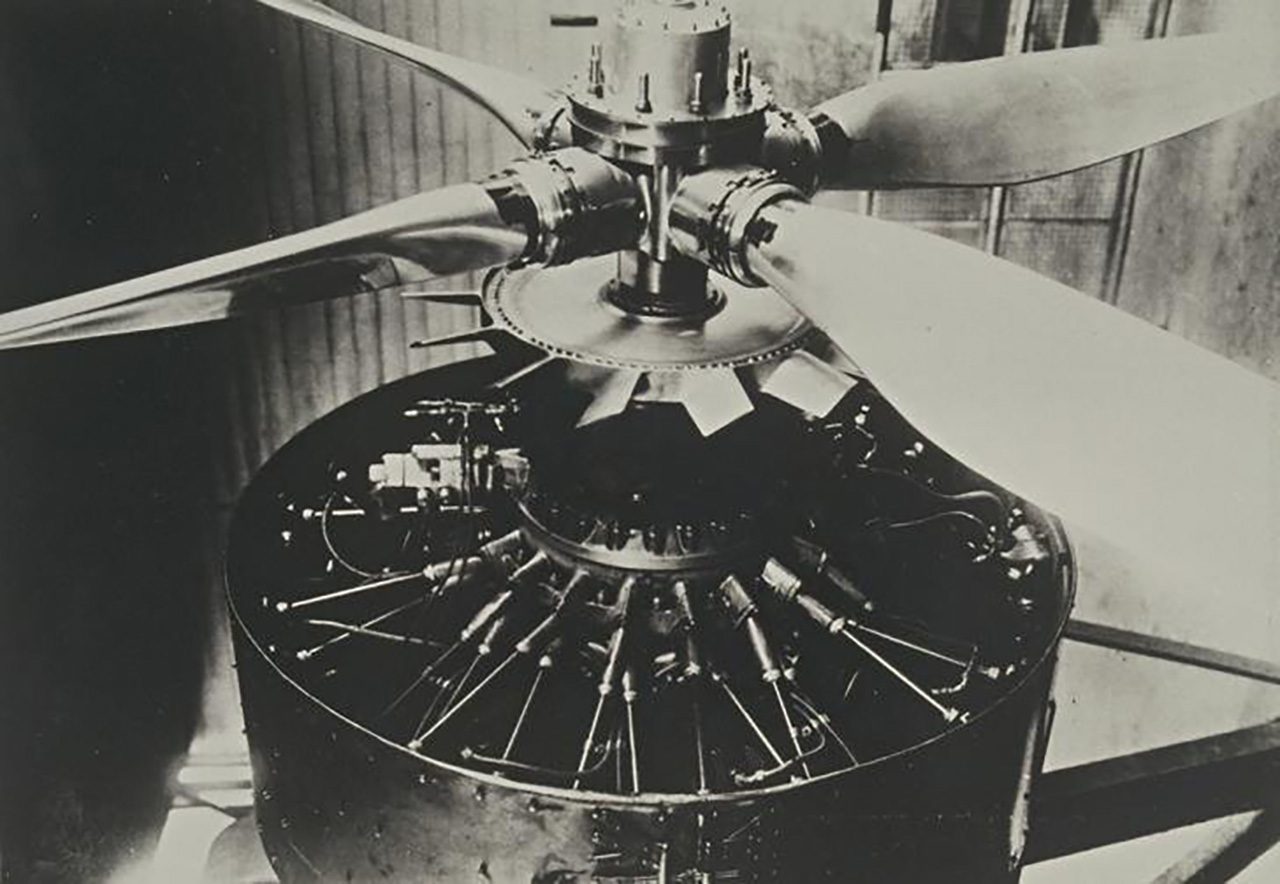
*An airplane propeller produced by Nippon Gakki during WWII.
At that time, Mr. Kawakami decided to fully commit to this new business after researching and evaluating its potential. He aimed to make the most of the propeller production equipment already in place. This aligned with a major overhaul of Japan’s driver licensing system, which indicated a rising demand for motorcycles for personal transportation. Despite more than 180 domestic motorcycle manufacturers already operating in Japan, Nippon Gakki pursued the business with a bold vision. By leveraging the company’s technological capabilities, Kawakami aimed not only to become a leading domestic brand but to establish a global brand, famously declaring,“If what we make is not world-class, it is not a product at all,” and “Whatever we do, we must do it to the utmost.” This marked the ambitious and noteworthy beginning of a new venture on the world stage.
Nippon Gakki’s entry into the motorcycle industry began as a secret project with a small, dedicated team led by Mr. Kawakami and pioneering engineers. They reverse-engineered the German DKW RT125—a wartime motorcycle—to develop Yamaha’s first motorcycle, the YA-1. The team relentlessly tested and refined the YA-1, officially launching it with a 125cc single-cylinder 2-stroke engine upgraded with a 4-speed transmission to better handle Japan’s hilly terrain. The bike featured a kick starter for ease of use, and a unique design where the gear lever and kickstart pedal were mounted on the same shaft. Its striking two-tone color scheme—deep burgundy red with ivory white—stood out in a market dominated by black or dark motorcycles designed for utility and cargo, making the YA-1 highly popular. The YA-1’s slim, vibrant look earned it the nickname “Akatombo” or “Red Dragonfly.”
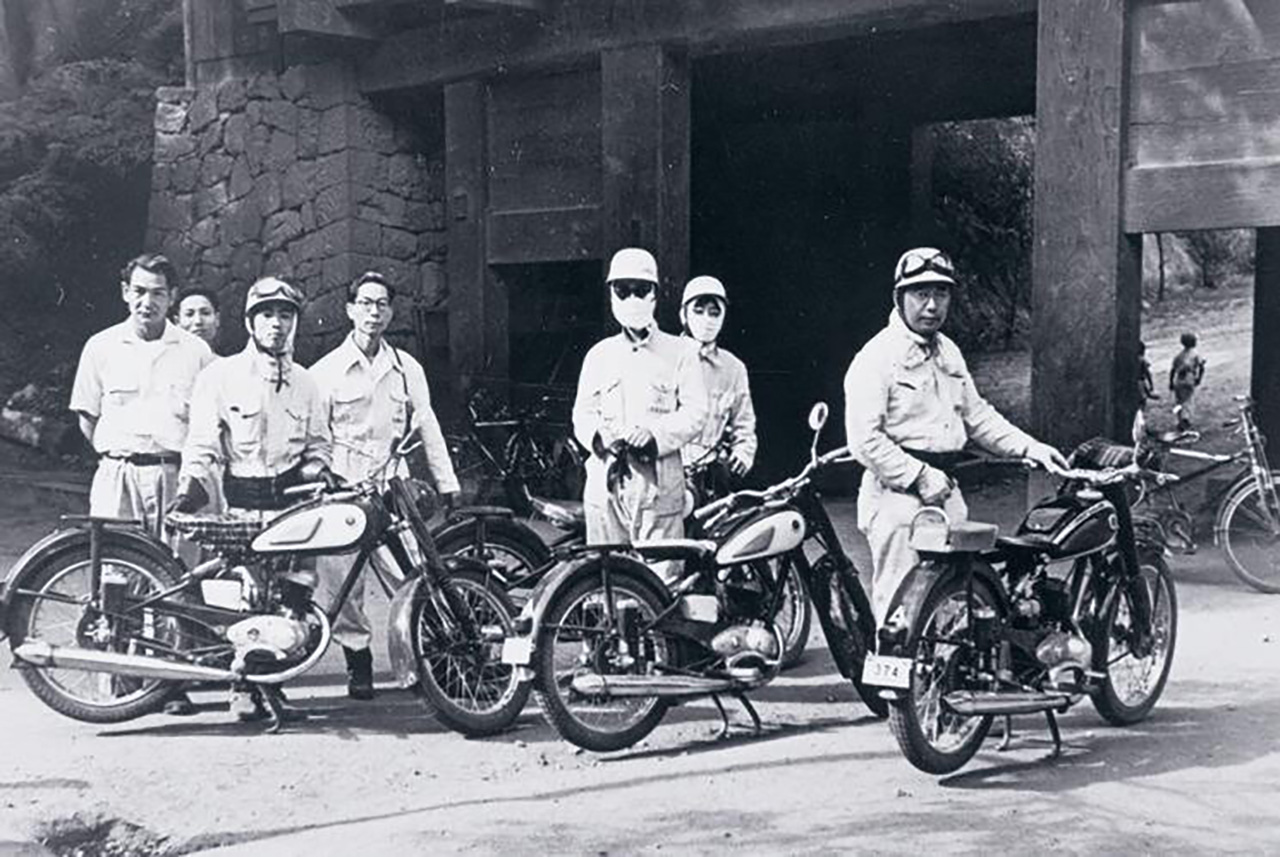
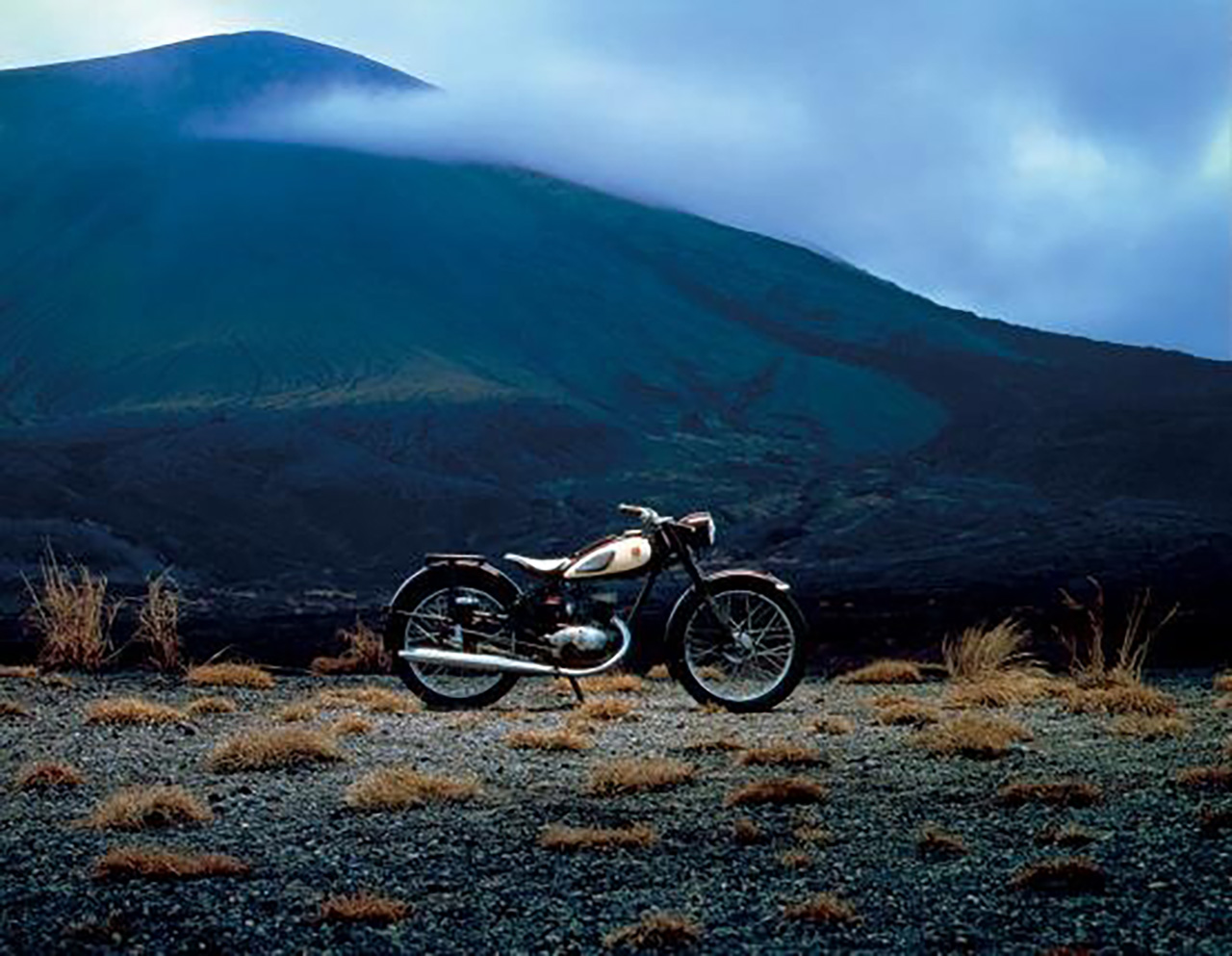
*Top photo: Mr. Genichi Kawakami (right) with the secret project team developing the YA-1.
*Bottom photo: The beautiful Yamaha YA-1, nicknamed “Akatombo” or “Red Dragonfly.”
Yamaha YA-1 was officially launched in January 1955. Later that year, on July 1, Yamaha Motor Co., Ltd. was founded as an independent company, separating the motorcycle business from Nippon Gakki. In its very first year, Yamaha Motor achieved top honors in Japan’s most prestigious motorcycle races. Despite being one of the country’s newest motorcycle manufacturers, Yamaha’s reputation spread rapidly. At the time, the average monthly salary for a new graduate in Japan was about 10,000 yen (around 2,200 baht), while the YA-1’s price was a steep 138,000 yen (around 31,000 baht)—far beyond what most people could afford. Nevertheless, the YA-1 achieved remarkable success, selling 11,000 units over its three-year production run.
This marks the grand origin of Yamaha, a motorcycle brand with a 70-year legacy of relentless pursuit of quality and innovation, continuing to the present day.
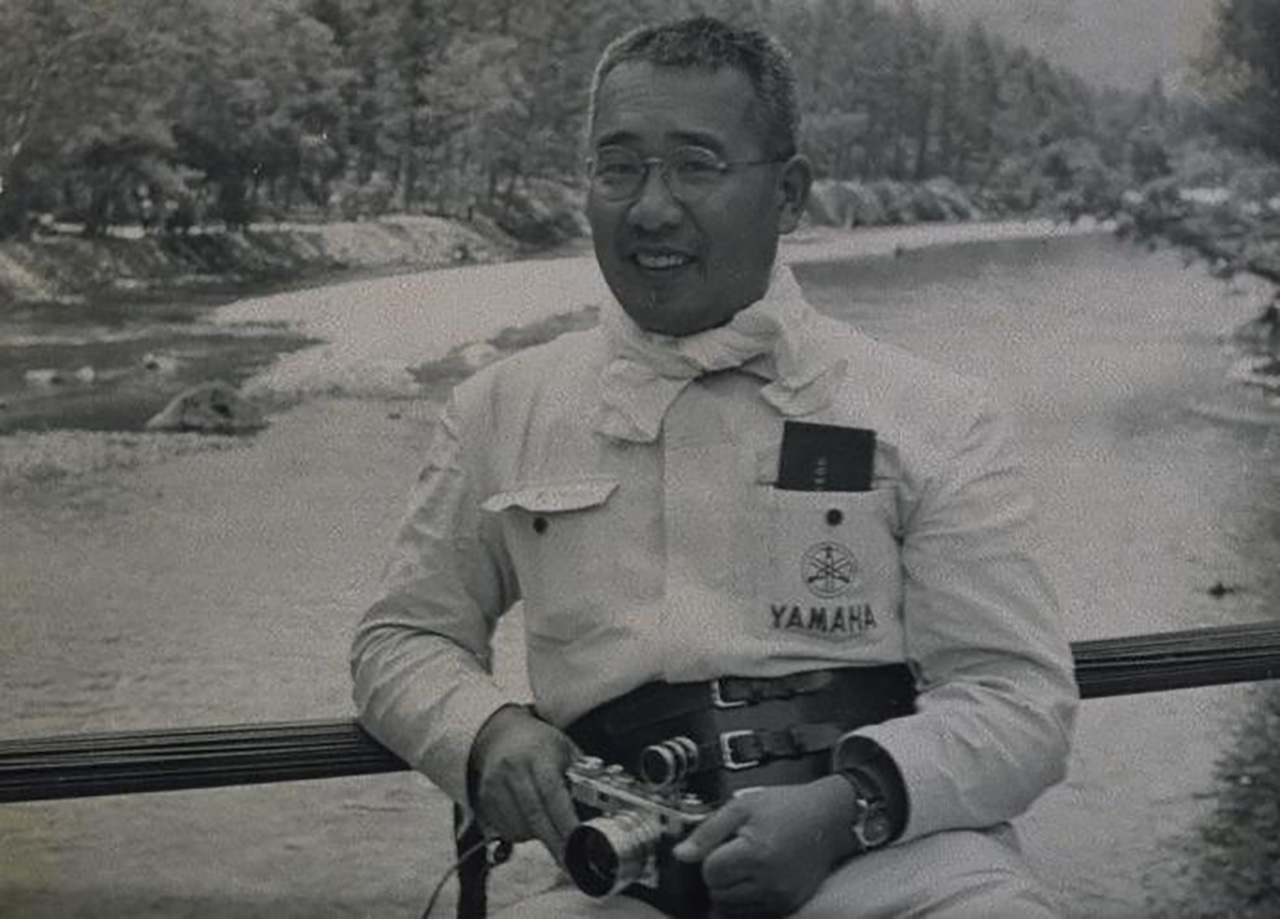
*Mr. Genichi Kawakami, Yamaha’s 4th president, whose passion for motorcycles led to the founding of Yamaha Motor Corporation





